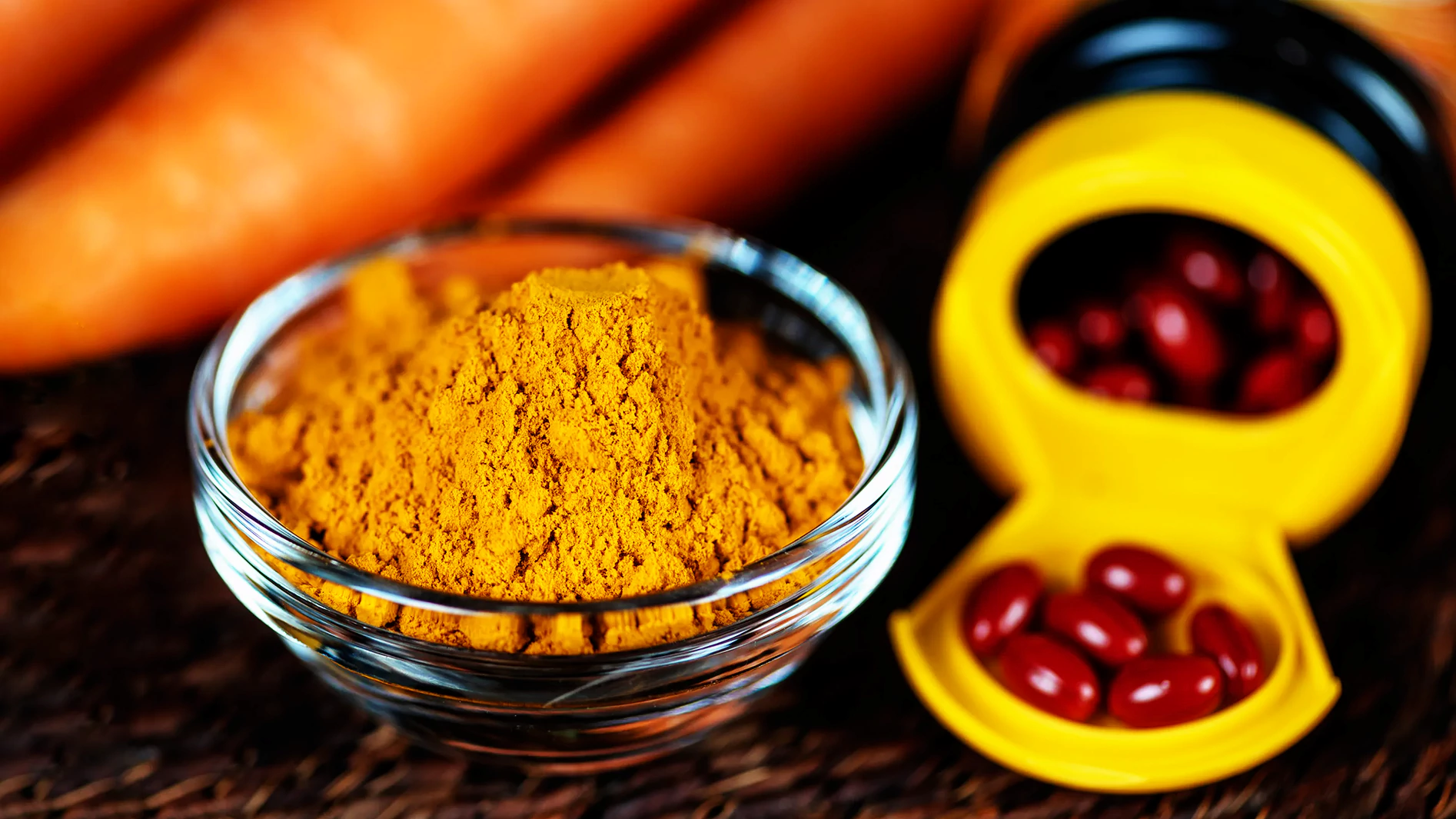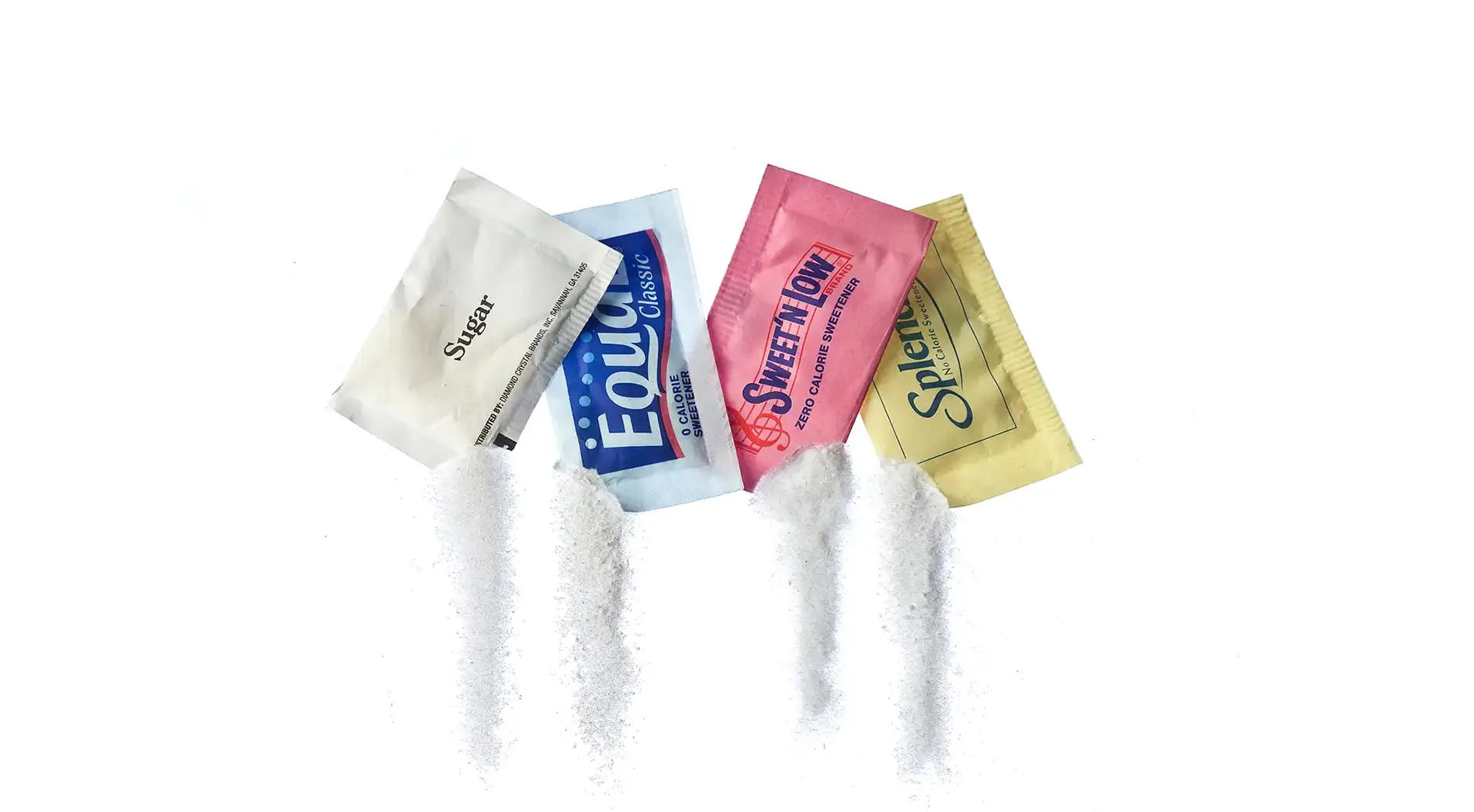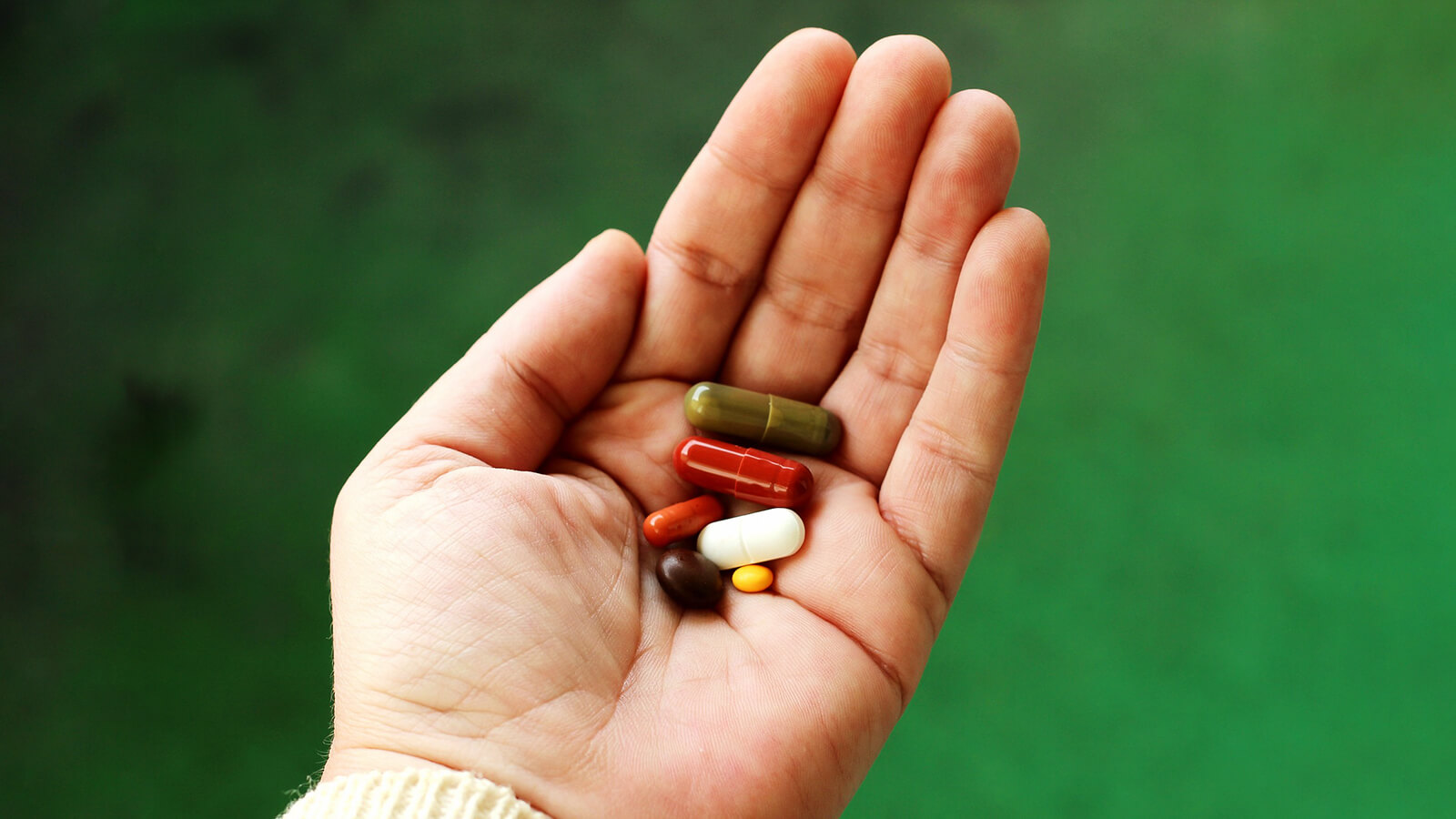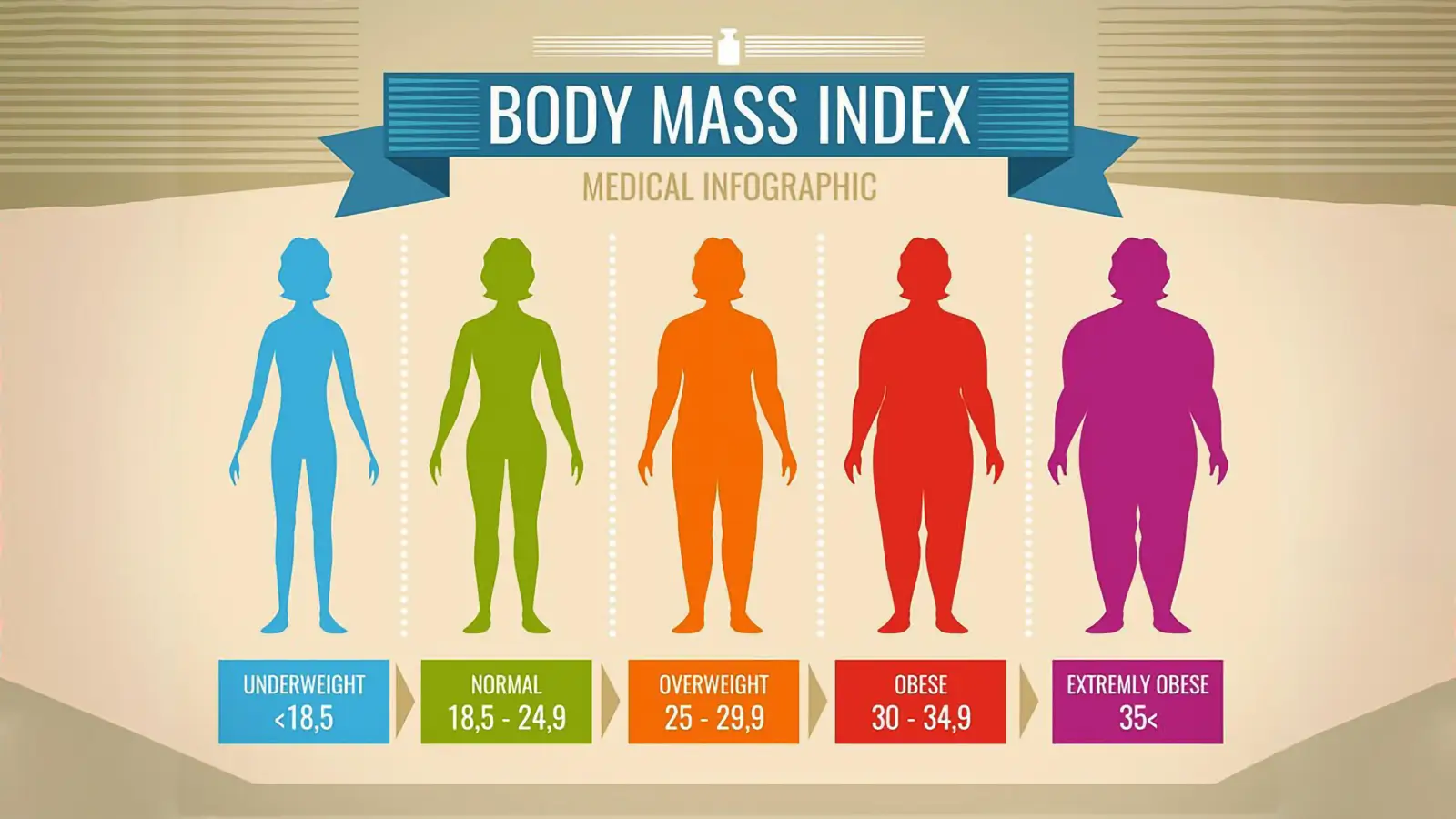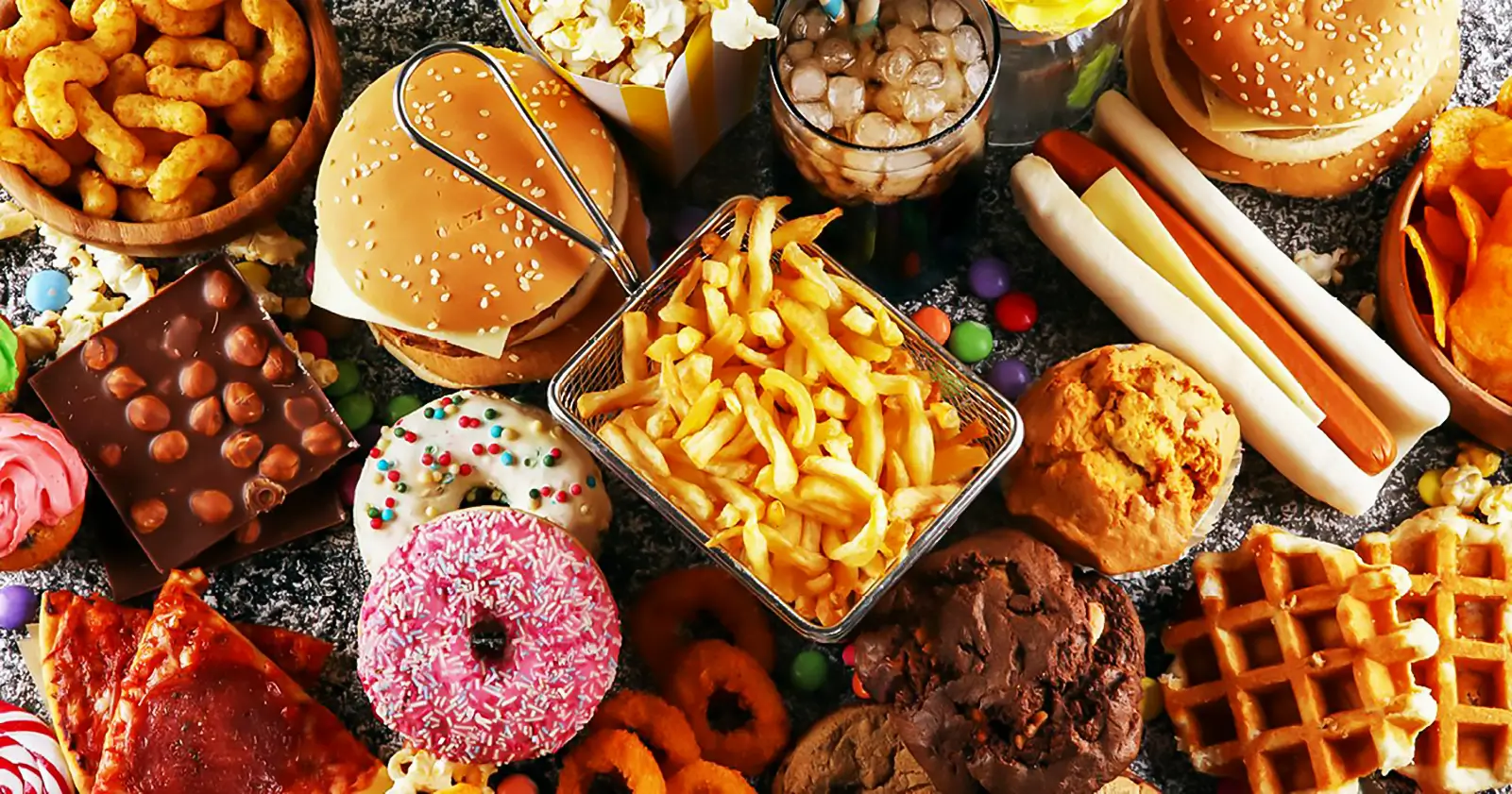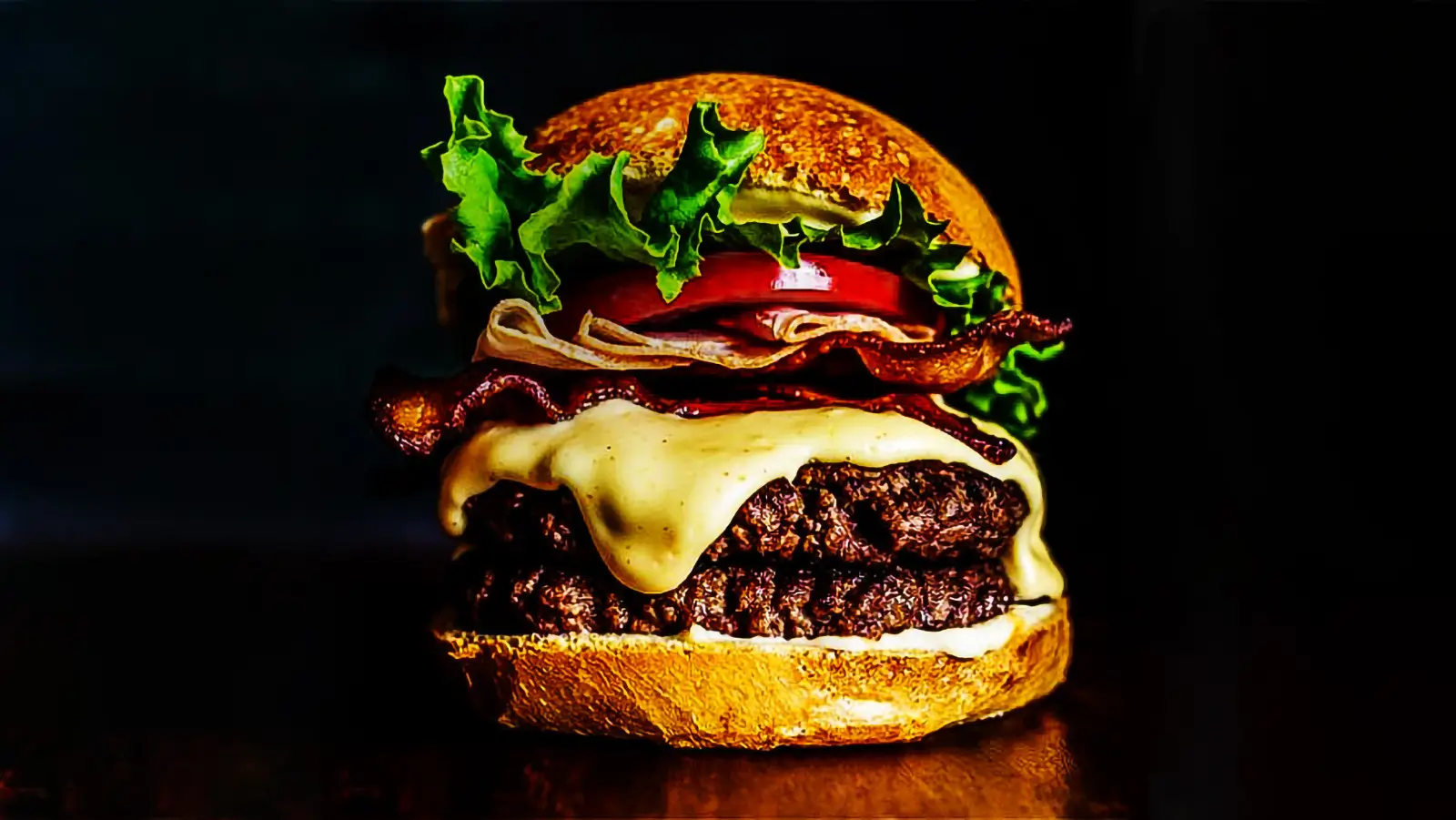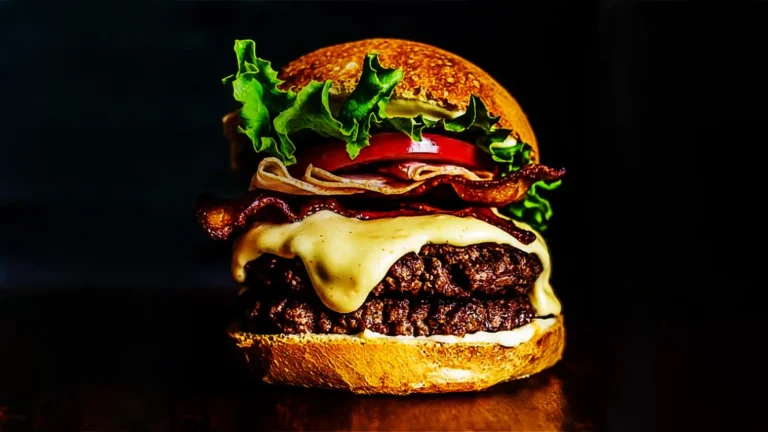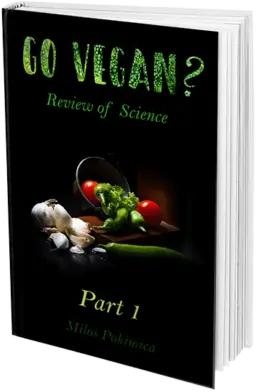Home oil extraction- The secret technique of nutrient density
Processing of food (home oil extraction) can also be used in reverse for increasing the nutritional density and profile of the food.
Milos Pokimica
Written By: Milos Pokimica
Medically Reviewed by: Dr. Xiùying Wáng, M.D.
Updated May 7, 2023When people think of processing food they think about refined sugar, fat, flower, additives, salt, and MSG commonly known as junk food. When the food industry does this kind of processing they do it in order to increase the taste and make more sales, and the consequence is the very low nutrient density of the food. Nutrient density means that there are a lot of calories inside the meal for example in ice cream there is a lot of sugar and fat but not much anything else. No phytochemicals, antioxidants, minerals, or vitamins. In other words, there are too many macronutrients in form of calories but not many micronutrients. Plus all of the fiber is usually removed leading to rapid digestion and that creates cycles of hunger and overeating leading to obesity. This type of processed food is also something known as supernormal stimuli. Because we have never been exposed to refined sugar and fat our brain is overstimulated leading to the downregulation of dopamine responses in the synapses of the brain as same as in drug addiction. More about processed food in a related article (What Is a Processed Food? -Understanding the Basics).
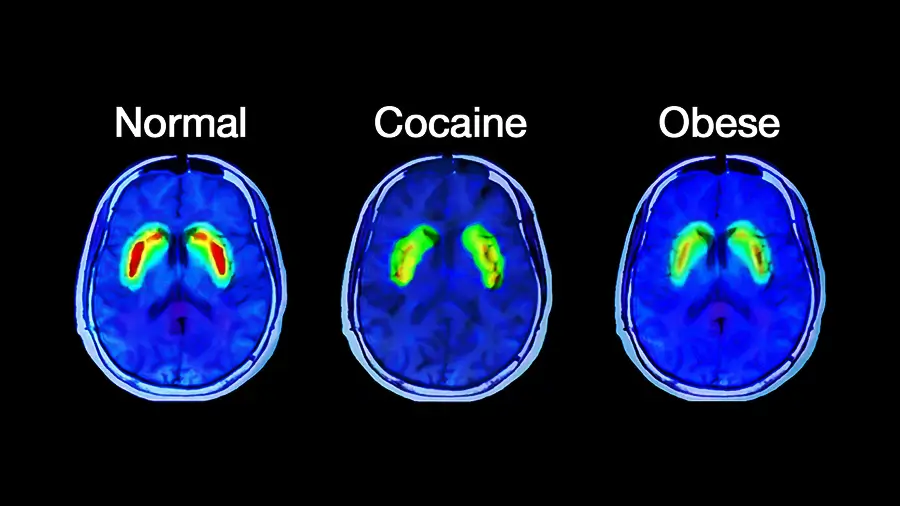
Processing is not always bad.
It is just a technique used by the industry and not something inherently bad. It all depends on the purpose behind its use. Processing can also be used in reverse for increasing the nutritional value and profile of the food. This type of processing is used in farming where the nutrition profile and cost of the animal feed are the priority. In human consumption, it is used to increase palatability. The problem is in the evolutional conditioning of our brain that our brain seeks only calories, not nutrition, and that in nature nutrition comes along with calories. There is no separation. If we want to eat something sweet we will have to eat entire fruit and that is wild fruit, not a hybrid that was designed to have more sugar content.

Processing food to make it more palatable is not a good thing in a nutritional sense. In other words, processing food will create nutritional deficiencies among all other correlated diseases like obesity, diabetes, cancer, cardiovascular diseases, chronic inflammation…
However, sometimes processing can be used in exactly the opposite way to increase nutrition density and that is the secret.
One good example would be cacao powder.
The processing of cacao is what gave it “superfood“ status.
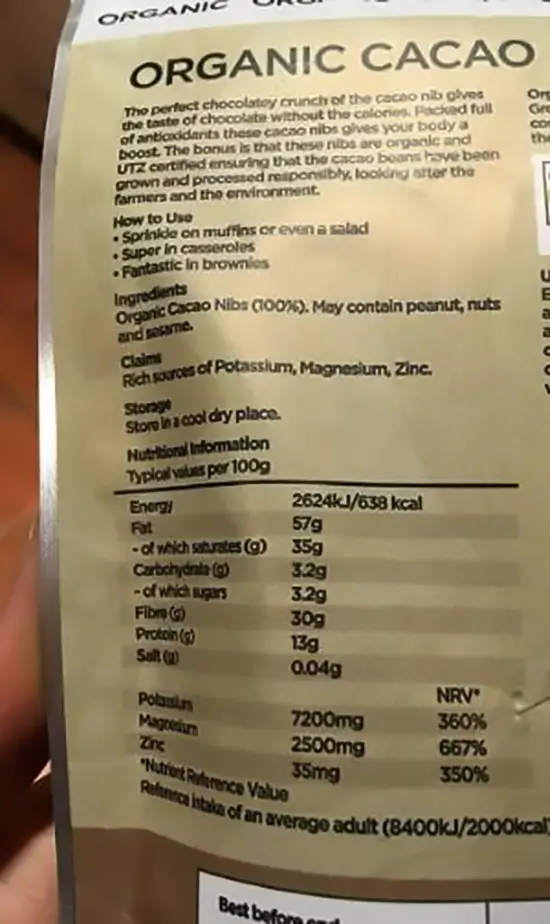
Cacao powder is one of the best sources of magnesium and other minerals as well as one of the top if not the number one sources of antioxidants in the world. One of the best food items you can buy in terms of nutrient density. Cocoa beans naturally have energy stored in the form of saturated fat. The same fat you can find in butter or any other animal products. In this case, what the industry does is actually grind then heat and press the beans’ liquor to remove its fat content. In the first step after collection, the seeds are placed where they can ferment. Then they are dried, and the nibs are then milled to create cocoa liquor (cocoa particles suspended in cocoa butter).
There is no such thing as raw cacao because if fermentation is interrupted, the resulting cocoa may be ruined if underdone.
The cocoa seed maintains a flavor similar to raw potatoes. Another way is to treat cocoa nibs with alkalization, usually with potassium carbonate, to develop flavor and color.
However, what is important is that the cocoa liquor is pressed to extract the cocoa butter, leaving a solid mass called cocoa press cake. The amount of butter extracted from the liquor is controlled by the manufacturer to produce press cake with different proportions of fat. The cocoa press cake is broken into small pieces to form kibbled press cake, which is then pulverized to form cocoa powder. Cocoa butter is later used in the manufacture of chocolate and with added sugar and powdered milk cocoa powder loses its good nutrition profile.
The secret of cacao’s high “superfood“ nutrition density is actually the removal of its fat content and not just the high nutrition of the cocoa beans themselves. When you remove the macronutrient calories and at the same time leave all the micronutrient polyphenols and minerals in the bean, then you are lowering the number of calories (some are still left in the bean in the fat that is not removed), and you are increasing the relative amount of micronutrient content ratio to one calorie.
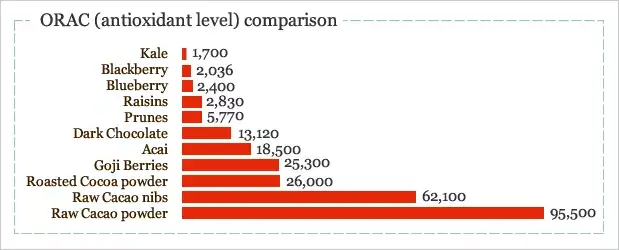
Processing, in this case, has created the opposite effect of regular processing where excess fat and sugar are added to increase the taste of the product. You can replicate the same processing at home to increase the nutrition profile of your diet without adding any excess calories.
Wholly grail of nutrition science. To increase the level of nutrients and prevent deficiencies without eating more calories and getting fat.
Or decreasing the level of calories in the diet to lose weight without suffering from nutrient deficiencies.
Now you have learned “the secret“ knowledge of nutrient density.
How can you do this at home? You just replicate the same process with some other food products that have calorie reserve in the form of fat. For example, most nuts and seeds have high-fat content.
So what can you do? How can you replicate these, if you don’t have a cocoa liquor press machine?
Actually, you can if you want. It is called home oil extraction, and many of the juices have the capability to extract oil at home from seeds with some added parts. These home oil extraction devices are designed for raw home oil extraction for health-oriented people who do not want to use refined rancid fats and want fresh squeezed homemade oil for their salad. If you want for example to use omega-three oil, it will get rancid immediately after extraction, as soon as it has contact with oxygen it is gone. Purchasing the flaxseed oil in bottles in the stores is not recommended, and home oil extraction is a much better option if you want omega three oil as a salad dressing.
However, now that you have the knowledge of “the secret” you will use these in the opposite direction. You can use a home oil extraction machine to extract the oil but you will not be eating it. You will throw away extracted oil and only eat the pulp in your muesli. If you are eating oil and cannot lower your oil consumption then replace refined rancid oil for salad dressing with home oil extracted one but it is not recommended practice. If you take 100 grams of sesame seeds for example (raw, if heated they will use some of the phytochemicals that are not thermo-stabile) and put them through a home oil extraction machine it will extract a big chunk of its oil content.
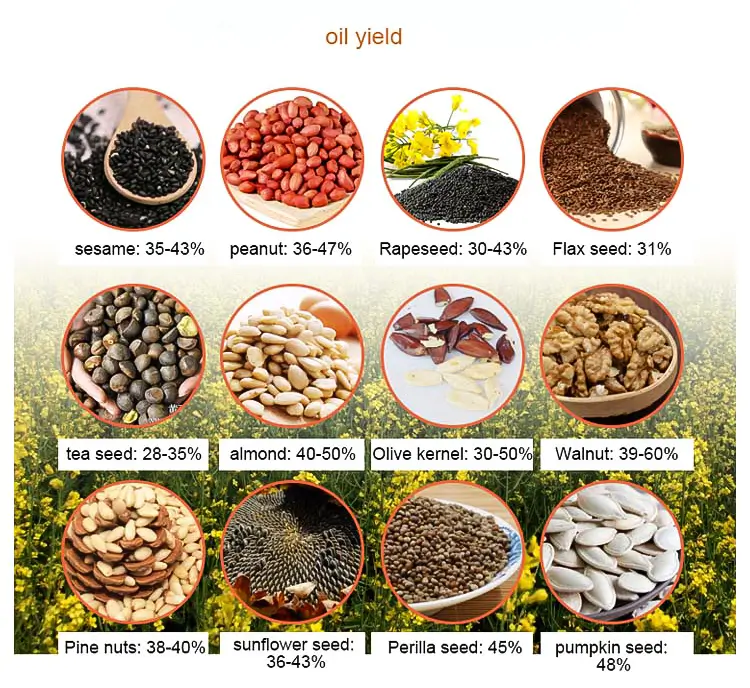
One hundred grams of sesame seed has 48 grams of fat. Half of its weight is fat. The home oil extraction machine generally can extract about 40% by weight varying according to the nature of the seeds you will be left with 8 grams of extracted fat (just enough to aid the absorption of fat-soluble phytochemicals). The number of calories extracted will be 360 and the number of still remaining calories 205. If you add 30 grams of “raw“ cocoa powder and let’s say 10 grams of ground cinnamon, you will have a mixture that has 298 calories in total. For those 300 calories which are about 15% of the average grown men’s daily calorie requirement, we will have (if we used organic products that are grown in mineral-rich soil) 1111mg of calcium which is more than in one liter of milk and 111% RDA, 584% RDA for copper, 244% RDA for iron, 233% RDA for manganese, 121% RDA for magnesium, 122% RDA for phosphorous, 91% RDA for zinc, 71% for selenium, 28,2 grams of fiber for 74% RDA, 24 grams of protein and 41000 units on ORAC scale. That is the power of superfoods.
In comparison 2 whole eggs with 2 large slices of whole wheat bread and nothing else will have 353 calories and 18% RDA for calcium, 23% RDA for copper, 40% RDA for iron, 82% RDA for manganese, 17% RDA for magnesium, 48% RDA for phosphorous, 22% RDA for zinc, 22% for selenium, 5,2 grams of fiber for 14% RDA, 21,8 grams of protein and 1160 units on ORAC scale with 328,2mg of cholesterol for 170%RDA (ideally this number will be zero).
Keep in mind that both eggs and whole wheat bread are whole foods and that there are people out there that will advocate for the use of eggs and whole wheat bread as the best of the best. What do you think will give you more satiety, 100 grams of sesame pulp, cocoa powder, and cinnamon mixture with 28,2 grams of fiber (you will have a hard time eating all of this because fiber gets bloated in the presence of fluid) or 2 eggs with two slices of whole wheat bread (most the people will eat white bread). Both of these meals are made from whole foods that in reality can be a lot of different things. Meat is whole food so is honey.
Not all thing is made equal, and we need to use a scientific approach when designing meal plans not just whole food or not just even a whole food vegan label.
It is better to eat whole food instead of processed food, but this is just for the beginners, the average couch potato that doesn’t understand and doesn’t care about anything. Using techniques like “the secret“ and others can give a completely different nutrition profile.
Sometimes even the extraction of fiber can be a positive measure for increasing the nutrition profile of your diet.
We can process fiber out of vegetables that are full of nutrients but low in calories and full of fiber which limits our capacity for eating them in large amounts. We can process fiber out or in other words extract the fluid from them. This would be a subject for another article.
Juicing greens for example has its benefits because there are not many calories in them and the fluid is full of nutrients. If you eat enough fiber in the other meals, you can add this practice for increasing the nutrition content of your diet as well.
The real situation we are facing is that soil is depleted and there is no scientifically possible way to produce food organically for 7 billion people on the planet plus for all of the animals on farms. It takes 7 calories of starch to produce one calorie of meat. Then when we process food and take most of the nutrition out we are left in a situation of a chronically malnourished population. And yes you can be morbidly obese and chronically malnourished at the same time. You can eat excessive amounts of calories but those calories are all empty and deprived of nutrition. Most of the population is obese and at the same time, most of the population has severe forms of different nutritional deficiencies. It is estimated that 92 percent of the population in the U.S. is suffering from at least one mineral or vitamin deficiency based on the Dietary Reference Intakes. Keep in mind that if we take out the babies and professional athletes and people with professionally designed diet plans from nutritionists that this number actually means that we all have nutritional deficiencies. Every single one of us, me, you, and everyone else except breastfeeding babies is basically malnourished. And also keep in mind that these charts are based on food that is grown with synthetic fertilizers so these charts are completely inaccurate because they are based upon organically grown food. Commercially grown food on depleted soil is completely deprived of minerals, 100%.

Even with these fake charts According to the CDC and the U.S. Department of Agriculture (USDA):
- 6 out of 10 Americans are deficient in magnesium
- 9 out of 10 Americans are deficient in choline
- 10 out of 10 are deficient in potassium (98% of the population)
- 10 out of 10 are deficient in rare earth metals needed for the human body
- 7 out of 10 are deficient in calcium
- 8 out of 10 are deficient in vitamin E
- 10 out of 10 are deficient in fiber (97% of the population)
- 7 out of 10 are deficient in vitamin K
- 50 percent of Americans are deficient in vitamin A, vitamin C, vitamin D
- 90 percent of Americans of color are vitamin D deficient
- Approximately 70 percent of elderly Americans are vitamin D deficient
- Also, 0 out of 10 are deficient in protein (less than 1% of the population)
- Also 10 out of 10 had excessive intakes of sodium (97% of the population)
| NHANES 2007-2010: Usual Micronutrient Intake from Food Sources and Prevalence of Micronutrient Inadequacies Among US Residents Ages ≥4 Years | ||
| Micronutrient | Mean Daily Intake from Food* | % < EAR |
| Folate | 542 μg DFE | 9.5 |
| Niacin | 24.7 mg | 1.1 |
| Riboflavin | 2.2 mg | 2.1 |
| Thiamin | 1.6 mg | 4.7 |
| Vitamin A | 621 μg RAE | 43.0 |
| Vitamin B6 | 2.0 mg | 9.5 |
| Vitamin B12 | 5.3 μg | 2.5 |
| Vitamin C | 84.0 mg | 38.9 |
| Vitamin D | 4.9 μg | 94.3 |
| Vitamin E# | 7.4 mg | 88.5 |
| Vitamin K | 85.2 μg | 66.9† |
| Calcium | 987 mg | 44.1 |
| Copper | 1.3 μg | 4.2 |
| Iron | 15.1 mg | 7.4 |
| Magnesium | 286 mg | 52.2 |
| Phosphorus | 1,350 mg | 1.0 |
| Potassium | 2,595 mg | 100† |
| Selenium | 108 μg | 0.3 |
| Sodium | 3,433 mg | 0.1† |
| Zinc | 11.7 mg | 11.7 |
| Choline†† | 315 mg | 91.7† |
| *includes enriched and fortified food #α-tocopherol †% < AI; DFE, dietary folate equivalents ††considered an essential nutrient but not strictly a micronutrient Abbreviations: DFE, dietary folate equivalents; RAE, retinol activity equivalents |
If you don’t want to change anything about your diet you can use these “secret“ techniques just as added bonus a couple of times a week. We can think about home oil extraction but not as intended. People usually do home oil extraction to have fresh, not rancid oil that they can use for dressing but no matter the source of oil even if it is derived from a home oil extraction machine it is still oil. Oil is the ultimate junk food with empty calories. Is it better to have home oil extraction than refined rancid store-bought oil? Yes sure but, it is still better to avoid oil if you can. The problem is that most people can’t. In thease realistic situations where most of you will consume oil, you can try to correct some of the nutrition deficits by using home oil extraction as a form of reverse corrective measure. You will have fresh oil but still do not throw away the pulp. You are doing this for the pulp in the first place. Think about home oil extraction pulp as a multivitamin multimineral supplement. You can eat this type of muesli let’s say two times a week, and you can juice some of the vegetables two or three times a week just to protect yourself from deficiencies and to increase the antioxidant value of your diet.
If you do not want to do anything for your health or lifestyle just do this. Home oil extraction and juicing will help you more than any pharmaceutical drug or therapy or supplement, and it is dirt cheap. You just need to spend a couple of hours a week in the kitchen. I will analyze all of this in more detail in correlated articles.
References:
Passages selected from a book: Pokimica, Milos. Go Vegan? Review of Science Part 3. Kindle ed., Amazon, 2020.
- 2015-2020 Dietary Guidelines | health.gov. health.gov/our-work/nutrition-physical-activity/dietary-guidelines/previous-dietary-guidelines/2015.
- “Overweight &Amp;Amp; Obesity Statistics.” National Institute of Diabetes and Digestive and Kidney Diseases, Sept. 2022, www.niddk.nih.gov/health-information/health-statistics/overweight-obesity.
Related Posts
Do you have any questions about nutrition and health?
I would love to hear from you and answer them in my next post. I appreciate your input and opinion and I look forward to hearing from you soon. I also invite you to follow us on Facebook, Instagram, and Pinterest for more diet, nutrition, and health content. You can leave a comment there and connect with other health enthusiasts, share your tips and experiences, and get support and encouragement from our team and community.
I hope that this post was informative and enjoyable for you and that you are prepared to apply the insights you learned. If you found this post helpful, please share it with your friends and family who might also benefit from it. You never know who might need some guidance and support on their health journey.
– You Might Also Like –

Learn About Nutrition
Milos Pokimica is a doctor of natural medicine, clinical nutritionist, medical health and nutrition writer, and nutritional science advisor. Author of the book series Go Vegan? Review of Science, he also operates the natural health website GoVeganWay.com
Medical Disclaimer
GoVeganWay.com brings you reviews of the latest nutrition and health-related research. The information provided represents the personal opinion of the author and is not intended nor implied to be a substitute for professional medical advice, diagnosis, or treatment. The information provided is for informational purposes only and is not intended to serve as a substitute for the consultation, diagnosis, and/or medical treatment of a qualified physician or healthcare provider.NEVER DISREGARD PROFESSIONAL MEDICAL ADVICE OR DELAY SEEKING MEDICAL TREATMENT BECAUSE OF SOMETHING YOU HAVE READ ON OR ACCESSED THROUGH GoVeganWay.com
NEVER APPLY ANY LIFESTYLE CHANGES OR ANY CHANGES AT ALL AS A CONSEQUENCE OF SOMETHING YOU HAVE READ IN GoVeganWay.com BEFORE CONSULTING LICENCED MEDICAL PRACTITIONER.
In the event of a medical emergency, call a doctor or 911 immediately. GoVeganWay.com does not recommend or endorse any specific groups, organizations, tests, physicians, products, procedures, opinions, or other information that may be mentioned inside.
Editor Picks –
Milos Pokimica is a health and nutrition writer and nutritional science advisor. Author of the book series Go Vegan? Review of Science, he also operates the natural health website GoVeganWay.com
Latest Articles –
Top Health News — ScienceDaily
- Scientists reverse Alzheimer’s in mice and restore memoryon December 24, 2025
Alzheimer’s has long been considered irreversible, but new research challenges that assumption. Scientists discovered that severe drops in the brain’s energy supply help drive the disease—and restoring that balance can reverse damage, even in advanced cases. In mouse models, treatment repaired brain pathology, restored cognitive function, and normalized Alzheimer’s biomarkers. The results offer fresh hope that recovery may be possible.
- Why consciousness can’t be reduced to codeon December 24, 2025
The familiar fight between “mind as software” and “mind as biology” may be a false choice. This work proposes biological computationalism: the idea that brains compute, but not in the abstract, symbol-shuffling way we usually imagine. Instead, computation is inseparable from the brain’s physical structure, energy constraints, and continuous dynamics. That reframes consciousness as something that emerges from a special kind of computing matter, not from running the right program.
- This tiny peptide could help stop brain damage after injuryon December 24, 2025
A four–amino acid peptide called CAQK has shown powerful brain-protective effects in animal models of traumatic brain injury. Delivered through a standard IV, it zeroes in on injured brain tissue, calming inflammation and reducing cell death while improving recovery. The peptide worked in both mice and pigs, whose brains are closer to humans in structure. Researchers are now preparing to move toward early human clinical trials.
- These nanoparticles kill cancer cells while sparing healthy oneson December 24, 2025
Researchers have created tiny metal-based particles that push cancer cells over the edge while leaving healthy cells mostly unharmed. The particles work by increasing internal stress in cancer cells until they trigger their own shutdown process. In lab tests, they killed cancer cells far more effectively than healthy ones. The technology is still early-stage, but it opens the door to more precise and gentler cancer treatments.
- Your roommate’s genes may be shaping your gut bacteriaon December 24, 2025
Scientists studying thousands of rats discovered that gut bacteria are shaped by both personal genetics and the genetics of social partners. Some genes promote certain microbes that can spread between individuals living together. When researchers accounted for this social sharing, genetic influence on the microbiome turned out to be much stronger than previously thought. The study suggests genes can affect others indirectly, without DNA ever being exchanged.
- MIT scientists strip cancer of its sugar shieldon December 23, 2025
Scientists at MIT and Stanford have unveiled a promising new way to help the immune system recognize and attack cancer cells more effectively. Their strategy targets a hidden “off switch” that tumors use to stay invisible to immune defenses—special sugar molecules on the cancer cell surface that suppress immune activity. Early tests show it can supercharge immune responses and outperform current antibody therapies.
- Scientists find a weak spot in deadly fungus that shut down hospital intensive care unitson December 23, 2025
A deadly hospital fungus that resists nearly every antifungal drug may have an unexpected weakness. Researchers discovered that Candida auris activates specific genes during infection to hunt for nutrients it needs to survive. This insight came from a new living-host model that allowed scientists to watch the fungus in action. The findings could eventually lead to new treatments or allow current drugs to be repurposed.
PubMed, #vegan-diet –
- Comparing diet-related attitudes, perceptions, and behaviors of vegan and omnivorous adults: results from a cross-sectional survey study in Germanyon December 22, 2025
CONCLUSION: The findings are consistent with and build on existing research on cognitive and behavioral patterns related to a vegan diet, while at the same time yielding some additional insights. In particular, the results on significant differences in the risk-benefit perception of a vegan diet, as well as on motivations and influences regarding the decision to follow a vegan diet provide an important basis for the development of public health interventions and a foundation for further […]
- Assessment of vitamin A, vitamin B2, vitamin B12, vitamin K, folate, and choline status following 4 months of multinutrient supplementation in healthy vegans: a randomised,…on December 19, 2025
CONCLUSION: A multinutrient supplement containing 82 µg of vitamin B(12) per day significantly positively affected vitamin B(12) blood biomarkers in healthy vegans.
- Exploring the synergistic potential of pH and ultrasonication on the functional properties of pea and lentil protein isolates and its formulation in food producton December 15, 2025
The substitution of meat proteins with plant-based proteins from various sources is often motivated by nutritional considerations. However, the inherent limited solubility of plant proteins, which results in suboptimal techno-functional properties, remains a persistent challenge in food formulation. The purpose of this study was to utilize unique properties of pea (Pisum sativum L.) and lentil (Lens culinaris) through ultrasonication and pH variation in order to develop a stable and […]
- Healthful and Unhealthful Plant-Based Diets and Their Association with Cardiometabolic Targets in Women Diagnosed with Breast Cancer: A Cross-Sectional Analysis of a Lifestyle Trialon December 11, 2025
CONCLUSIONS: Maintaining cardiometabolic risk factors within normal ranges is clinically relevant in BCS, and this may be more likely when a plant-based diet is consumed, especially if low in unhealthy plant foods.
- Functional and Nutritional Properties of Lion’s Mane Mushrooms in Oat-Based Desserts for Dysphagia and Healthy Ageingon December 11, 2025
Hericium erinaceus (Lion’s Mane mushroom) is a medicinal species recognised for its neuroprotective and antioxidant properties. This study investigated its potential as a functional ingredient in oat milk-based desserts formulated for individuals with dysphagia. Freeze-dried Lion’s Mane powder (LMP), containing high-quality protein (~16%, amino acid score 88%), dietary fibre (~31%), and phenolic compounds (72.15 mg GAE/g), was incorporated at varying levels using gelatin or iota-carrageenan […]
Random Posts –
Featured Posts –
Latest from PubMed, #plant-based diet –
- The potential of immature jackfruit in meat analoguesby Anne C M Swinkels on December 24, 2025
The jackfruit, the fruit of the jackfruit tree ( Artocarpus heterophyllus ), is a unique tropical fruit. While sweet and fruity in its ripe form, in its immature form, the jackfruit flesh mimics the texture of meat, making it an increasingly popular plant-based meat analogue. To reach its full potential as an ingredient for meat analogues, a better understanding of the immature fruit properties in relation to its behaviour in food products is required. This review focuses on immature […]
- The 3V score and joint associations of low ultra-processed food, biodiverse and plant-based diets on colorectal cancer risk: results from the European Prospective Investigation into Cancer and…by Emine Koc Cakmak on December 24, 2025
BACKGROUND: Diet may modify colorectal cancer risk. We investigated the associations of three dietary patterns, ultra-processed food (UPF) consumption, healthy plant-based food consumption, and food biodiversity, separately and combined into a “3V” score with risk of colorectal cancer.
- Lifestyle-Based Approaches to Cancer Prevention and Treatment: Diet, Physical Activity, and Integrative Strategiesby Gianpiero Greco on December 24, 2025
Cancer remains a leading global cause of morbidity and mortality. Modifiable lifestyle factors, including avoidance of tobacco use and excessive ultraviolet radiation, healthy dietary patterns, regular physical activity, and weight management, play key roles in prevention and care. This narrative review synthesizes evidence on lifestyle-based interventions influencing cancer risk, treatment tolerance, and survivorship. A literature search was conducted in PubMed and Scopus, supplemented by…
- Public Healthby Julia L Sheffler on December 23, 2025
CONCLUSIONS: An MKD may provide unique benefits for ADRD risk reduction compared to the MEDDIET, and the ICAN program demonstrates feasibility to provide the tools necessary to allow older adults to implement either of these diets into their lifestyle.
- Public Healthby Debora Melo van Lent on December 23, 2025
CONCLUSION: Higher MIND diet scores associated with decreased all-cause dementia risk and being alive and dementia free at age 80. We encourage clinical trials to examine the MIND diet in relation to dementia related outcomes such as amyloid and tau to elucidate whether a causal relationship between the MIND diet and dementia pathologies exists.
- Public Healthby Emily A Johnston on December 23, 2025
CONCLUSION: Mean observed MIND diet and Veggie Meter scores show less than desirable intake of carotenoid-rich foods for reduction of AD/ADRD risk among participants. The majority of participants take dietary supplements, and few consume a diet supportive of brain health. Few cohort studies include subjective and objective diet assessments with actionable feedback for participants. These preliminary findings emphasize the need for further research into dietary interventions for prevention or…

